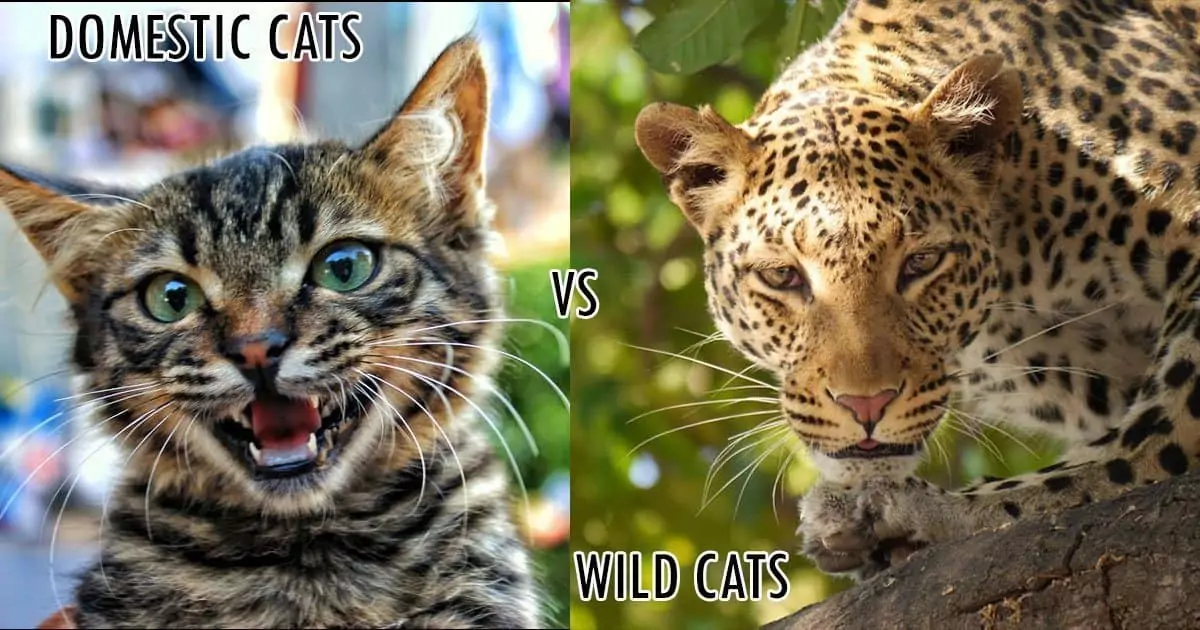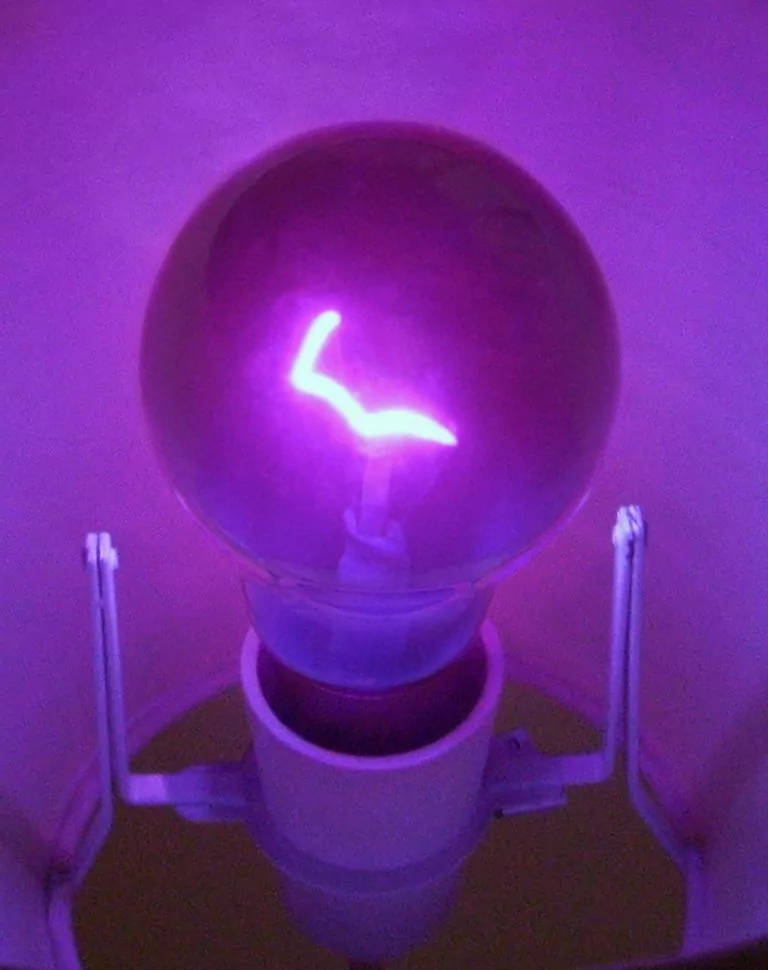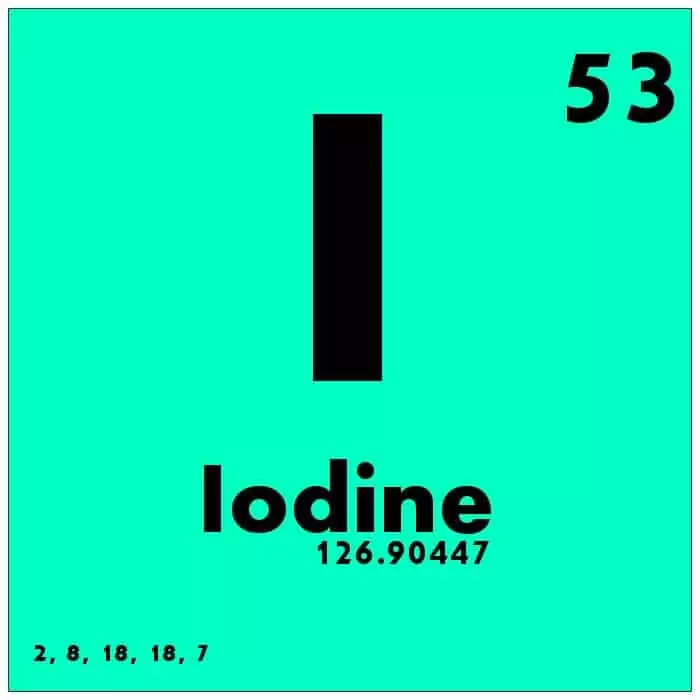The cornerstone of every-disease prevention in cats and other animals is good hygiene, and good hygiene can only be achieved through effective disinfection. Choosing the right type of disinfectant can be a hustle since some products are effective against some microorganisms and some more effective against others. Of course, the goal is to maintain a microorganism free environment or at least minimize the risks of illness in the household, animal shelters, and veterinary practices.
Some of the pathogens that represent a serious threat to the feline’s health are a bit harder to destroy: parvovirus, mycobacterium, prions and bacterial spores, protozoal oocysts. Heat works well, but can hardly be used universally.
Wild vs. domestic cats
There are a lot of differences when it comes to the immune system of domestic and wild cats. Wildcats don’t live in such highly dense environment and don’t come in contact with un-naturally huge doses of pathogens which can usually be found in animal shelters or vet hospitals. Since domesticated cats have higher chances of interacting with numerous pathogens, at time of stress they are prone to get susceptible to many infectious diseases, most of the times hard to cure. That’s why the basic hygiene principles are of utmost importance when the cat’s life and well-being are at risk.
There is no such thing as a single universal disinfectant that is safe, 100% effective and cheap to purchase. When choosing the right disinfectant to use in a cat’s environment, there are three major priorities that must be considered: The first priority if the efficacy of the disinfectant; the second priority is avoiding disinfectants potentially toxic for the cats, while considered safe for other species (phenol based disinfectants); and third priority is the long-term effect of the disinfectant on people’s health (airway irritation, asthma, neoplasia, contact dermatitis).
In every class of pathogens or microorganism, there are some representatives that are hardest to kill. For example, the parvovirus is the most resistant one, so disinfectants used to kill parvovirus will most likely be effective against the other viruses as well. On the other hand, there are some viruses that are vulnerable outside the host and are eliminated fast without any specific intervention (feline leukemia virus, feline Herpesvirus).
Methods of disinfection
Achieving proper disinfection can be done by using various methods and chemical solutions. Depending on the methods used the process of disinfection can be divided into two larger groups: physical disinfection and chemical disinfection.
Physical disinfection
Heat is probably the most broad-spectrum disinfection method, especially when used as moist heat under pressure which is more effective than dry heat. Instruments in veterinary hospitals are often autoclaved and steam cleaners are widely available for cleaning work surfaces, floors and soft furnishing.
Temperature and time of exposure play a major role in the efficacy of killing microorganism with heat. While most of the pathogens are destroyed with temperatures above 60o C and some added detergent (ex. Feline Calicivirus, giardia cysts), keep in mind that parvovirus can resist a temperature of 80o C for an hour.
Ultraviolet light radiation has been used as surfaces, hospital rooms, and water disinfectant source. The ultraviolet emitting devices reduce the numbers of some significant bacteria (Cl. difficile; vancomycin-resistant enterococci) in hospital rooms and inactivate parvoviruses and circoviruses, while caliciviruses have proved to be less susceptible.
Chemical disinfection
Different types of alcohol solutions used in veterinary medicine have primarily topical application. Sadly, they experience poor activity against non-enveloped viruses. Tests showed that parvoviruses resist a 5-minute exposure to alcohol, while caliciviruses are only susceptible to alcohol solutions with low pH.
Sodium hypochlorite is known to be one of the most widely used disinfectants. It is easy to use, non-toxic in reasonable concentration, relatively stable, cheap and has broad antimicrobial activity, no color, safe around cats and applicable for households. While lethal towards most of the vegetative bacteria and viruses, endospore-forming bacteria, fungi and protozoa tend to be less susceptible.
Even though it’s not the best choice for disinfecting, hydrogen peroxide is frequently used for cleaning contaminated and infected open wounds.
Potassium peroxymonosulfate largely reduces Feline Calicivirus titers and destroys parvovirus after 10 minutes of activity. Of course, works in a bactericidal manner as well but the major problem is the corrosion induced on the surfaces exposed to it.
One of the most potent disinfectants inactivating all known pathogens is the peracetic acid. The good thing is that it works well regardless of the temperature, but the bad thing is the corrosive effect, which is why it’s sold with additives that reduce unwanted effects.
Chlorhexidine is generally used for hand hygiene and for pre-operative scrubbing. It’s not the first chemical of choice for disinfection due to certain bacterial resistance and its ineffectiveness against Feline Calicivirus.
Iodine and Iodophors are topically used disinfectants against gram negative and gram positive bacteria, protozoa, fungi and some viruses. Iodine is stronger and is considered to kill parvovirus, but Iodophors are non-staining and don’t irritate the skin as much as iodine does.
Quaternary ammonium compounds with extensive use can cause antibiotic-resistant bacteria to emerge as a potential public health risk. The compounds have a bactericidal, fungicidal and virucidal effect, but are unlikely to kill parvovirus and mature Salmonella biofilm.
Sodium bicarbonate is a safe, available and low-cost disinfectant that inactivates Feline Calicivirus titers, but doesn’t show an effect against Salmonella Typhimurium, Listeria Monocytogenes, and Escherichia Coli O157: H7, therefore it’s not recommended for the feline environment.
Acetic acid and citric acid have a certain bactericidal activity but are poorly used in general practice since there are more potent commercially available disinfectants out there. Essential oils contain phenol compounds which are toxic to cats.
There are less reported cases of disinfectant toxicity in cats in comparison to dogs, mostly because of the fastidious character of a cat’s eating habits. Reported cases include burning of the paws, the tip of the tongue and esophagus, upper-respiratory-tract irritation and transdermal absorption. Most of the times when owners report domestic animal poisoning, the general cause is due to human medications, topical pesticides, lily, ethylene glycol and lily.




